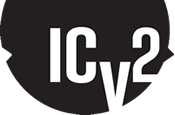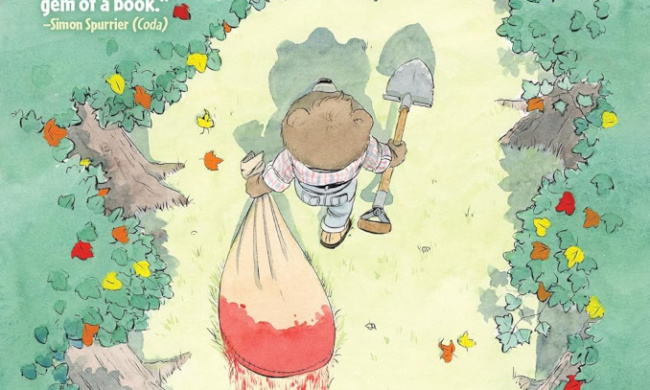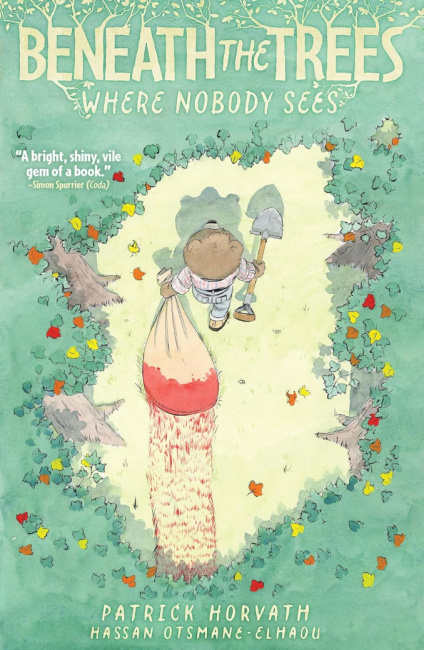From the creepy creatures infesting Alien: Earth to the unwelcome party guests who turn up in Sinners to the torrent of horror-themed comics and manga weighing down store shelves, horror is becoming the go-to genre of the decade. What's whetting our appetite for jump scares? And can the horror boom help the pop culture industry get through a moment full of woe and dread?
The Fear Factor. Horror has always been a driver of popular culture, and has always mirrored larger social trends. Watching a scary movie or reading a horror comic lets us channel our genuine fears about the world into something concrete, maybe even a little bit goofy and fun. Unlike fantasy, romance or superheroes, which can deny harsh realities, horror acknowledges that the world is frightening, and gives us a way to process those fears. Even stories with bleak endings can validate people’s sense that "things really are as bad as they seem."
For creators looking to externalize their own social concerns and anxieties, horror provides a great template with a built-in set of genre tropes. Vampires can be great metaphors for greedy elites who hide in the shadows and prey on the innocent. Zombies suggest the breakdown of social order, and can play into our fears of environmental collapse or pandemics. Werewolves remind us that civilization is just a thin veneer over primal violence. Body horror reflects our anxieties about science and technology invading our biology. And of course, there is the perennial Cthulhu mythos, which warns that weak human minds are but a thin defense against the horrors of an indifferent universe.
Considering what a target-rich environment the world of 2025 presents, it’s no wonder that horror themed content is on the rise.
Old horrors, new voices. While horror comics have always been a thing, it feels like more publishers are getting into the mix with specifically horror-oriented lines. Brigid Alverson did a nice recap of recent hits in the market (see "Top Trends in Horror Comics"), highlighting the impact of James Tynion IV, as well as Oni Press's successful revival of EC's venerated series.
Horror is the raison d'etre for other indie publishers, from long-time terror merchants Storm King (featuring work from filmmaker John Carpenter) to newcomers like Panick Entertainment, which just launched its first title, T.A.M.A. last month, and Monster Forge Productions, which is putting out a series of new and revived horror books digitally and via crowdfunding.
Fear reigns across media. One reason horror is thriving in comics is the genre’s performance across other media. Streaming platforms in particular have found horror to be cost-effective and highly engaging. Netflix's The Haunting of Hill House, AMC's Interview with the Vampire, HBO Max's The Last of Us and similar series have established strong audiences for serialized horror, including works adapted from other media.
Video games also contribute to horror’s mainstream appeal. Franchises such as Resident Evil, Silent Hill, and Bloodborne and a personal favorite from years back, the super-creepy sci-fi horror title Dead Space, immerse players in dread-soaked worlds where personal agency amplifies vulnerability. Tabletop RPGs like Call of Cthulhu and Dread translate similar fears into social, collaborative experiences. Each successful adaptation reinforces the value of horror IP for comics publishers, positioning the genre as a strong candidate for transmedia development.
Trends lurking in the woods. Several factors suggest horror will remain a strong driver in comics and related media. Here are some trends to watch:
- Adaptation Pipeline: Streaming platforms and studios are constantly searching for visual IP with built-in fan bases. Horror comics fit that demand perfectly, and even with the streaming pipeline slowing to a crawl, it's likely the success of horror- and horror-adjacent shows like Wednesday (itself based on a comic by Charles Addams) could still pry open studio wallets.
- Events and Experiences: Horror conventions have become a big part of the events industry, following the tried-and-true template of comic cons and fan-oriented festivals. Galaxy Con is promoting its Nightmare Weekend shows in Cleveland, Richmond and Savannah throughout the fall, joining events like Monsterpalooza, Creep I.E. Con, Days of the Dead and others on the con circuit.
- Formal Innovation: Horror encourages experimentation in narrative and visual design, from mixed-media approaches to interactive or augmented experiences, keeping audiences engaged and creators creatively nimble. Consider the Alien: Earth activation at San Diego Comic-Con, which authentically recreated the crash-site of the science vessel and its escaped "specimens" for huge crowds throughout the event.
- Licensing potential: Skillful adaptations of licensed properties are driving the comics market right now, and there are a bunch of interesting properties from movies, games and literature waiting for the right adaptation.
Embrace the scare. For retailers, the horror boom is nothing to be frightened of. Horror trades show strong backlist longevity, especially around seasonal spikes like the upcoming Halloween season. There's also crossover potential for games, merchandise and collectibles.
As long as the world remains a scary place, people will continue to look to horror stories as a way to confront fear in a compartmentalized way. It's hard to come to grips with big, inchoate forces like economic insecurity, climate change or the collapse of social and political systems around the world, but it sure is fun to stake a few vampires or survive a zombie apocalypse.
The opinions expressed in this column are solely those of the writer, and do not necessarily reflect the views of the editorial staff of ICv2.com.
Rob Salkowitz (Bluesky @robsalk) is the author of Comic-Con and the Business of Pop Culture, a two-time Eisner Award nominee, and a proud longtime contributor to Eisner-nominated ICv2.





